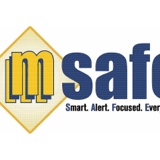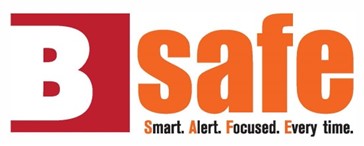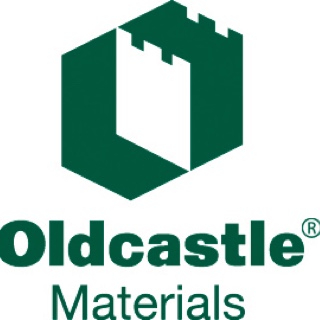Title Page
-
Crane Serial #
-
Client / Site
-
Location
-
Conducted on
-
Prepared by
General Information
-
Take a photo of the crane
-
Take a photo of the Registration #
-
Crane Year, Make and Model
-
Lifting Capacity
Ratchet Chain Hoists
Equipment
-
Load Chain
-
Remove any foreign material from the chain.
-
Inspect both load and lift chain for wear using a gauge.
-
Inspect chain for gouges, nicks, arc burns, twisted, bent and worn or damaged links.
-
Lower hook and throat opening measurement
-
Upper hook and throat opening measurement
-
Safety Latch
-
Hook Swivel
-
Hook Pin
-
Self Energizing Brake
-
Ratchet Mechanism
-
Inspect sheaves for wear and freedom of movement.
-
Inspect dead end pins
-
Attachment of the Chain to Hoist
Electric Chain Hoist
Equipment
-
Structural Support System
-
Mounting Base
-
Vertical Support Column
-
Horizontal Support Column
-
Support and Beam - Maximum rated capacity stenciled on the beam
Main Hoist
-
Clean the chain by removing any foreign material such as dirt and grease and inspect the chain for wear using a gauge.
-
Slack the chain and observe if wear exists at interlink bearing surface between the links
-
Inspect the loose end-link, loose end screw and dead end block and clevis pin on the double reeved units.
-
Inspect sheave wheel for freedom of movement.
-
Mechanical load spring brake
-
Electric brake
-
Lower hook and throat opening measurement
-
Upper Hook
-
Hook Swivel
-
Hook Pin
-
Chain Drum
-
Guards
-
Limit Switches
Operational
-
Inspect that all connections are made and screw terminals are tight.
-
Check the ground screws to see that the ground wires of the pendant push button cable and power cord are secure.
-
Master Switch
Recommendations
-
Write recommendations here
Completion
-
Full Name and Signature of Inspector













